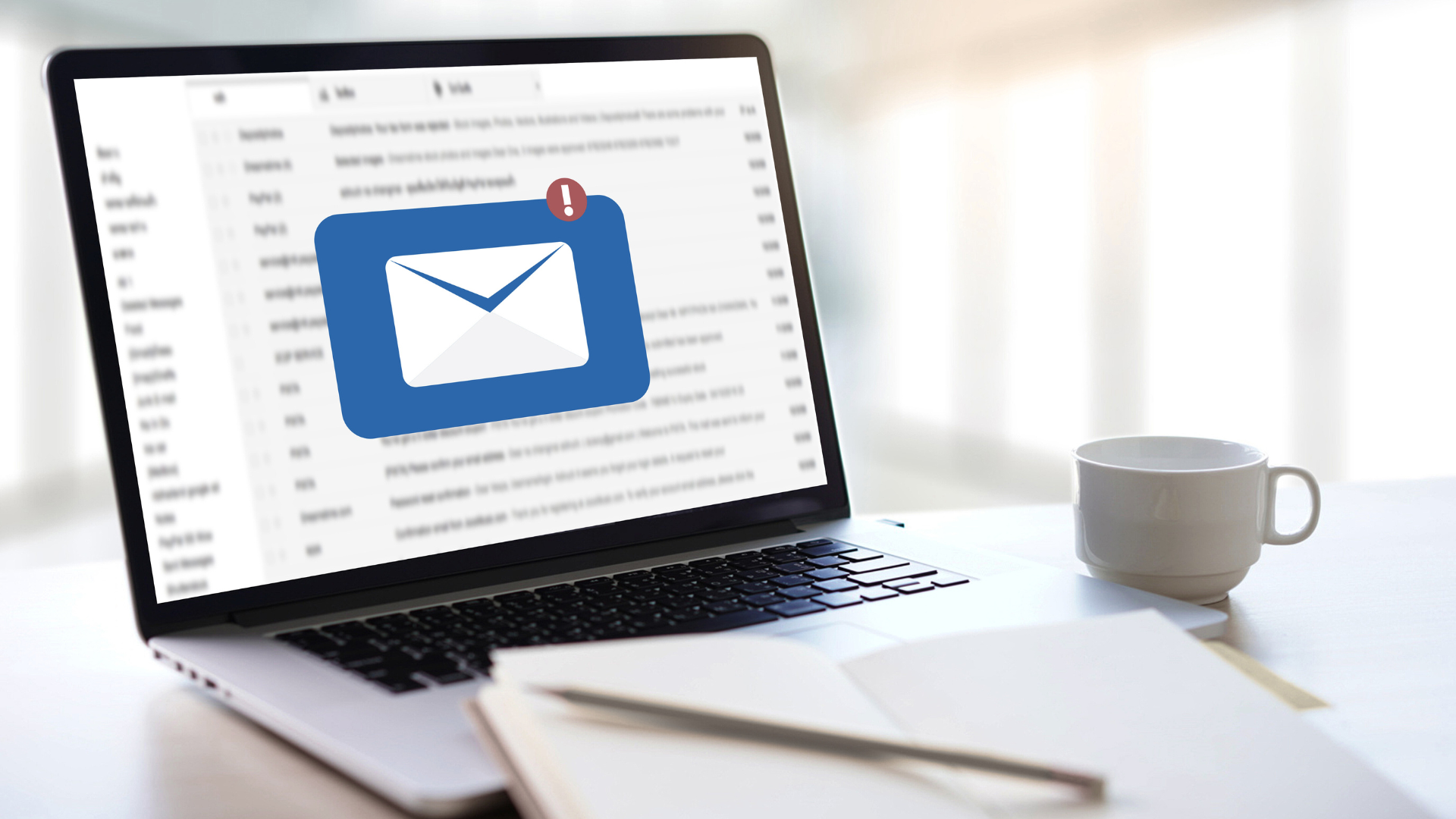Business Consulting and Advisory
How Small Business Owners Can Prepare Their First Business Budget?
April 3, 2025

Starting a business is an exciting adventure, but let’s be honest—it can also feel overwhelming, especially when managing finances. You’re passionate about your idea, eager to serve your customers, and focused on making sales. But without a clear financial plan, it’s easy to run into trouble. Many small business owners find themselves wondering:
- Where is my money going?
- Am I spending too much?
- Will I have enough to cover my expenses next month?
That’s where a well-structured budget comes in. Think of it as a roadmap for your business finances—it helps you allocate resources, anticipate costs, and control your financial future. Whether opening a bakery or launching an online clothing store, a budget gives you the clarity you need to make smart financial decisions for your small business.
The good news? Creating your first budget doesn’t have to be complicated.
Let’s walk through the process step by step so you can set your business up for success.
Explore Different Budgeting Methods
There isn’t a one-size-fits-all approach to budgeting. Here are some common methods small business owners can use:
- Zero-Based Budgeting: Every dollar is assigned a purpose, ensuring no unnecessary expenses.
- Incremental Budgeting: Uses last year’s budget as a baseline and adjusts based on projected changes.
- Value-Based Budgeting: Focuses spending on areas that provide the most value to the business.
Choosing the correct method depends on your business model and financial goals.
Understand the Types of Business Budgets
Different budgets serve different purposes. Here are a few types to consider:
- Operating Budget: Covers day-to-day expenses and revenue forecasts.
- Cash Flow Budget: Tracks expected cash inflows and outflows to prevent liquidity issues.
- Capital Budget: Plans for significant investments like equipment, property, or expansion.
- Master Budget: Combines all budgets into a comprehensive financial plan.
Having multiple budgets ensures better financial planning and stability.
How to Create a Business Budget for Small Business Owners?
Step 1: Determine Your Business Income
Your budget starts with revenue. List all sources of income, whether from product sales, service fees, or investments. If your business is new, research industry benchmarks to estimate expected revenue.
For example, if you run a small café, your revenue sources may include dine-in sales, catering, and online orders. Be conservative in your estimates to avoid overspending.
Step 2: Identify Fixed and Variable Expenses
Fixed Expenses
Fixed costs remain constant, regardless of business performance. These typically include:
- Rent or lease payments ($2,500/month for a retail space in the city)
- Salaries and wages
- Insurance
- Loan repayments
- Software subscriptions
Variable Expenses
These costs fluctuate based on sales volume and business activity. Examples include:
- Raw materials and inventory
- Shipping and delivery costs
- Marketing and advertising (e.g., $500 for Facebook ads)
- Utilities (fluctuates with usage)
Understanding these expenses allows you to predict cash flow and avoid financial surprises.
Step 3: Plan for Unexpected Costs
Every business faces unexpected expenses, from equipment repairs to seasonal downturns. Set aside an emergency fund—aim for at least 10% of your monthly revenue.
For instance, if your monthly income is $8,000, having a $800 buffer can help cover unexpected costs like a sudden rise in supply prices. This financial cushion prevents debt reliance. Note that the emergency fund requirement could change depending on your business’s economic and financial conditions.
Step 4: Set Realistic Profit Goals
Your budget should not only track expenses but also set profit targets. After covering costs, how much do you want to reinvest or save? If your goal is a 15% profit margin, ensure your pricing strategy supports that.
For example, if you sell handmade candles for $25 each and your total cost is $4,250, you must sell at least 200 units per month to cover expenses and reach 15% profitability.
Step 5: Monitor and Adjust Your Budget Regularly
A budget isn’t static—it should evolve as your business grows. Review financial statements monthly to compare actual results with projections. Adjust spending and revenue targets based on performance.
For example, if you notice a spike in energy bills during winter, you might adjust your heating usage or negotiate better rates. Likewise, if marketing efforts yield high returns, consider strategically increasing the ad budget.
A well-planned budget doesn’t restrict you; it empowers you. It provides financial clarity, helping you make informed decisions that drive long-term profitability.
Contact DNTW Toronto LLP to Help You with Budgeting
If budgeting feels overwhelming, consider consulting a fractional CFO. Their financial expertise and experience with other businesses can provide strategic insights and help you prioritize short-term and long-term finances efficiently. At DNTW Toronto LLP, our accountants and business advisors can provide services such as financial planning, budgeting, forecasting and cash management. To learn more about how DNTW Toronto LLP can provide you with the best budgeting expertise, contact us online or by telephone at 416.924.4900.


